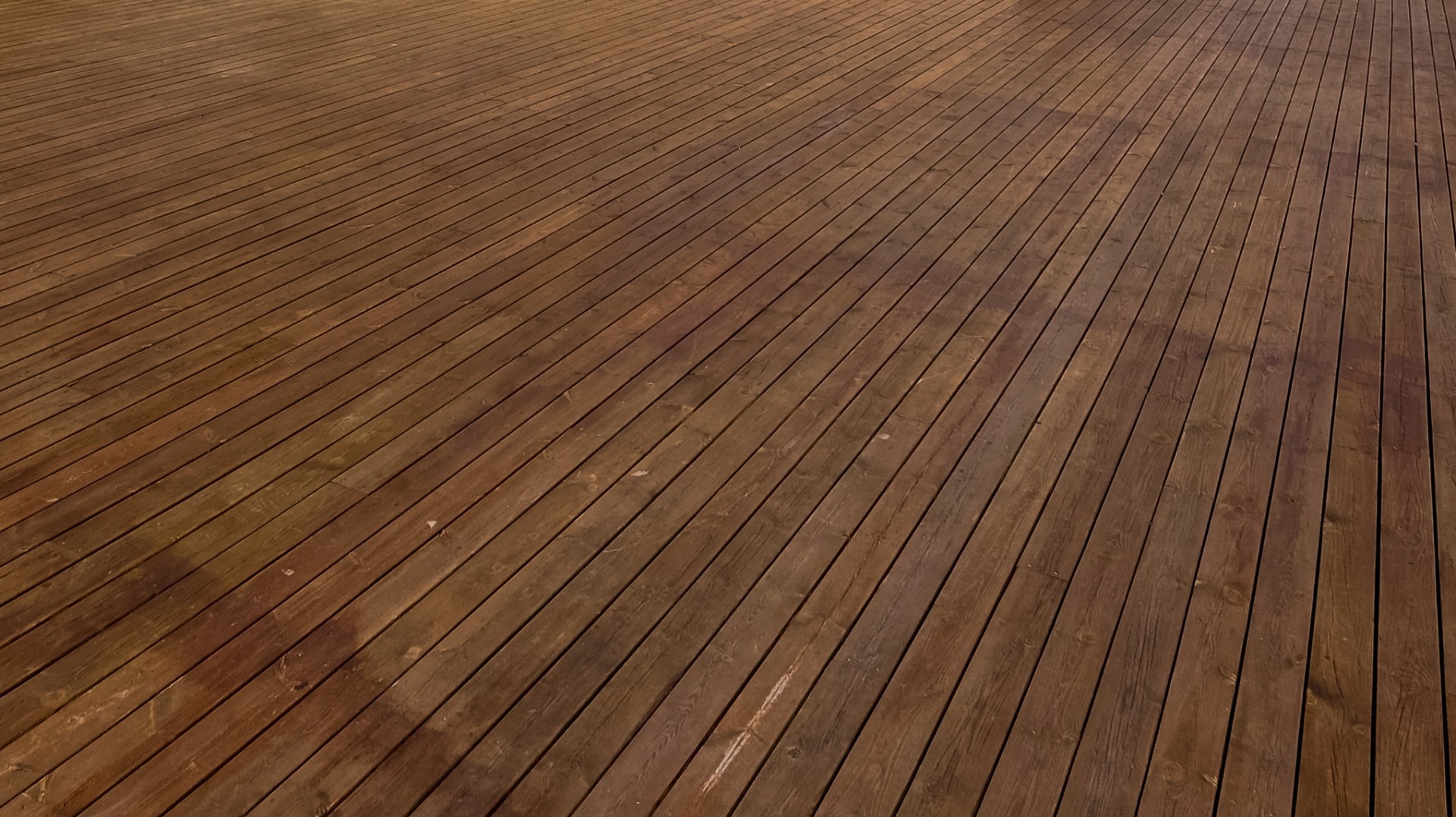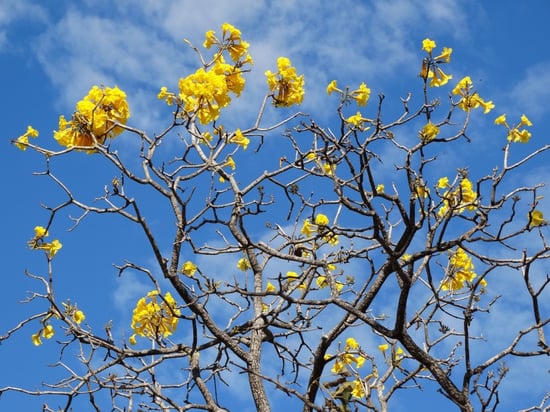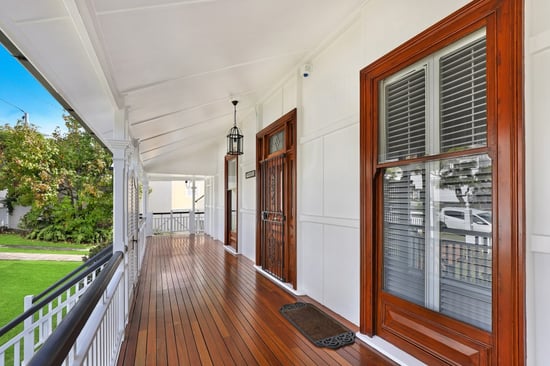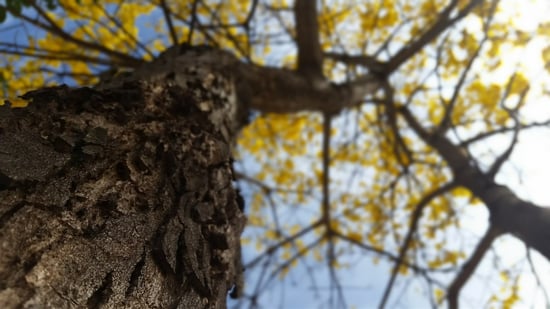
Ipe is a supposedly sustainable darling of the landscaping, outdoor living and homebuilding industries, but is it really all it’s cracked up to be? We’re going to be blunt: No.
Ipe.
If you’re even tangentially related to landscape architecture, home and outdoor living design, or carpentry, then you know about ipe. Also known as Brazilian hardwood, a name that hearkens to its origins, it grows in Central and South America, largely Brazil.
In other words … the Amazon. One of the world’s most important ecologies in terms of both genetic diversity and environmental benefits (you know, when it’s not on fire, as it has been recently.) It is bigger than Earth’s next two largest rainforests combined; it covers 40 percent of South America; it’s estimated to have 16,000 tree species and 390 billion individual trees.
It is a total boss of a rainforest, in other words – and we really don’t want to kill it.
Right? RIGHT??!
… right.
And to that end, it’s time to stop using an environmentally damaging wood posturing as a sustainable choice. If we want to make the most responsible choices and steward the world responsibly, we need to take a closer look.
Why Did Ipe Become So Popular?
 Ironically, given the current state of the Amazon, one of the reasons for ipe’s meteoric rise in popularity is its fire resistance. As a hardwood, it doesn’t combust easily. In fact, it has historically earned a Class A fire rating, though that is increasingly disputed – especially in Chicago, where that rating is not accepted. That said, many people still assume top ratings, and use it accordingly.
Ironically, given the current state of the Amazon, one of the reasons for ipe’s meteoric rise in popularity is its fire resistance. As a hardwood, it doesn’t combust easily. In fact, it has historically earned a Class A fire rating, though that is increasingly disputed – especially in Chicago, where that rating is not accepted. That said, many people still assume top ratings, and use it accordingly.
Other reasons include:
- It is very water-resistant, capable of keeping its shape and structural integrity even with partial submersion. This also means it can come in direct contact with the ground without treating it.
- It resists most boring insects, with the exception of a few marine species.
- It doesn’t bend or warp easily, making it simpler to work with and holding its shape better over time.
- It is a deep walnut color with a beautiful grain, and many people love its look.
As you can see, there’s a lot going for it.
There’s also, unfortunately, a lot more not going for it.
So Why Is Ipe a Problem?
 For one thing, ipe is not a very fast-growing wood. This isn’t unusual; most woods that are dense are slower-growing. That means, regardless of whether it’s being “sustainably forested,” it takes a long time to replace.
For one thing, ipe is not a very fast-growing wood. This isn’t unusual; most woods that are dense are slower-growing. That means, regardless of whether it’s being “sustainably forested,” it takes a long time to replace.
When a slow-growing tree leaves the rainforest, it’s depriving the Earth of its environmental benefits for many years to come. Magnified by thousands and tens of thousands of trees, that’s a real problem.
Really we would argue that any clear-cutting half a continent away is not ideal. Especially when those trees are old growth, as ipe must become before it reaches harvestable size.
As for the gorgeous color, we don’t disagree there. However, it does not weather well, and quickly turns a silvery gray color when left to the elements. That means it needs treatment multiple times a year, whether oiling multiple times a year, sanding and oiling once a year, or another approach. This is time- and resource-intensive, and therefore not the most ecological choice for a rooftop garden or outdoor living space.
This isn’t to say we haven’t used ipe in the past. We have (so you can take your GOTCHA! moment elsewhere, internet trolls). As of today, however, we refuse to consider ipe in any project, for any reason.
You can quote us on that.
Now: the solutions.
What Should We Use Instead of Ipe?
 As an industry we need to get rid of the ipe. Period. This goes all the way up to landscape architects and designers as well as the facilitators of the product.
As an industry we need to get rid of the ipe. Period. This goes all the way up to landscape architects and designers as well as the facilitators of the product.
Nature abhors a vacuum, of course, as does capitalism, but luckily we have substitutes. Even more luckily, they often outperform ipe by significant measures. Our favorites include:
- Treated wood, which resists the elements the same way ipe does
- Other, less expensive and more sustainable local woods, though this is still kind of a crapshoot
- Sustainable hardwood decking, which grows quickly and performs as effectively
- Porcelain pavers, which sit on pedestals. They’re awesome because they’re made of glass, so require no upkeep. Also, since they float on the pedestals beneath and aren’t attached, it’s easy to take them up and put them back down for roof maintenance. Same goes for roof tiles
- Concrete pavers. Although the manufacturing process is not the most sustainable, they last for 20 years or more. That’s a lot of time in which no one has to cut down trees or otherwise use virgin resources
Want to learn more about the green approaches we’re taking? Get in touch!

